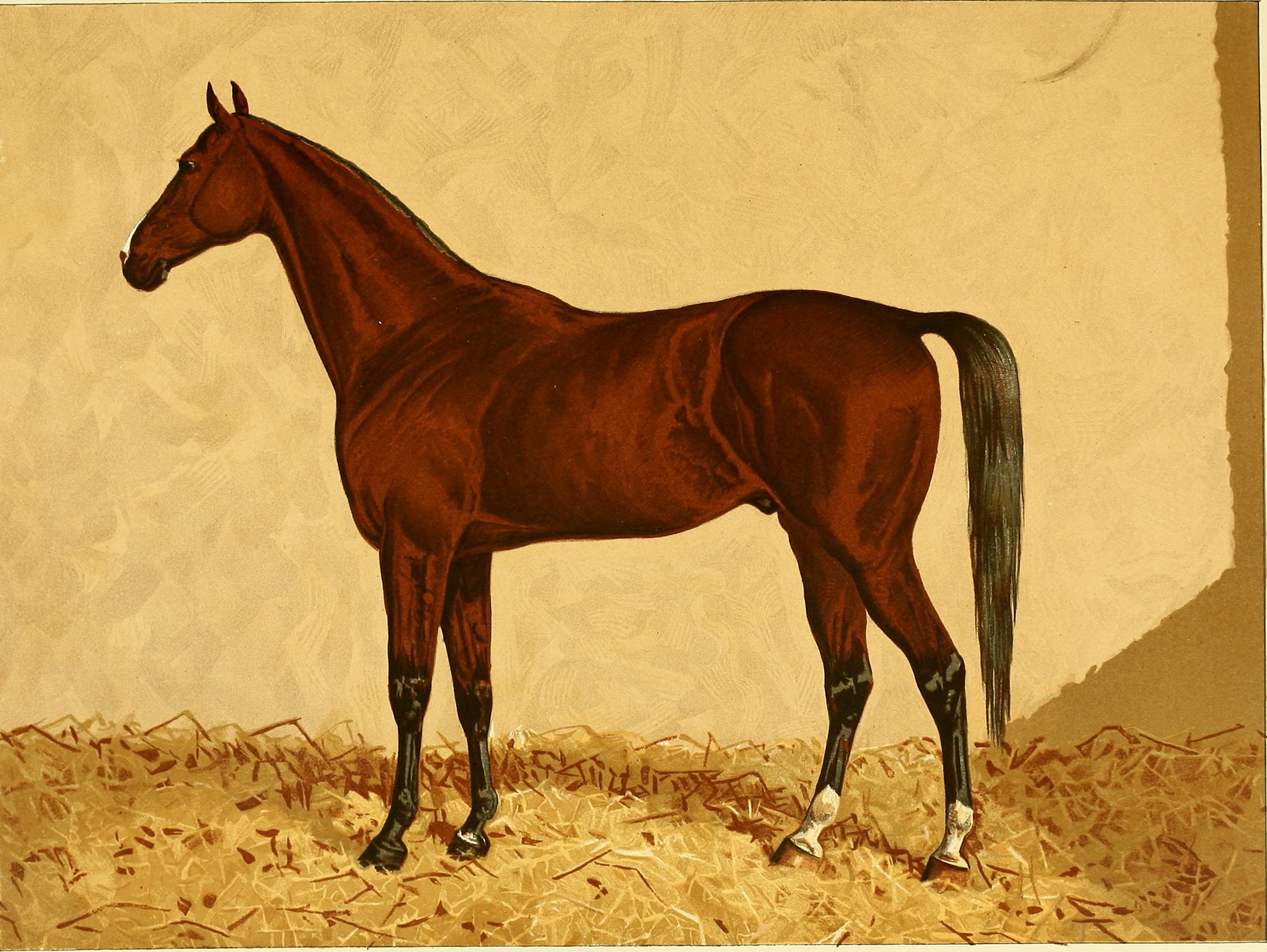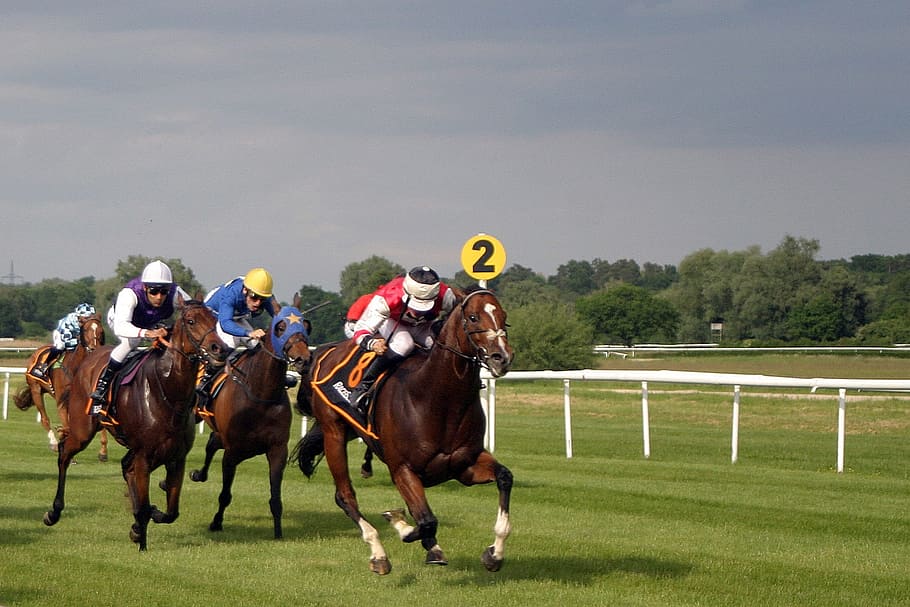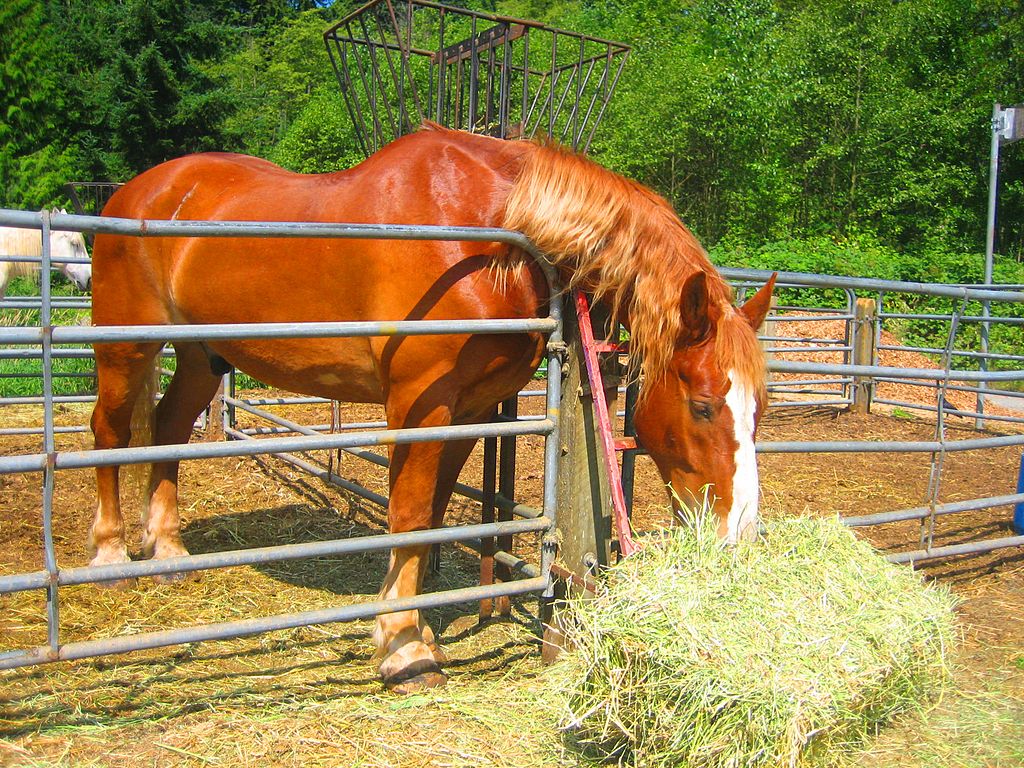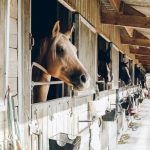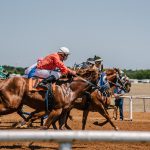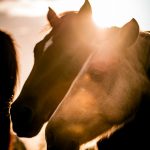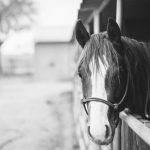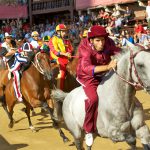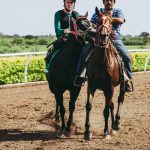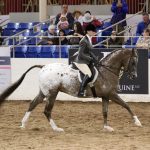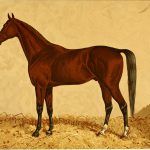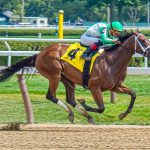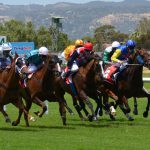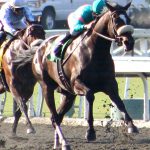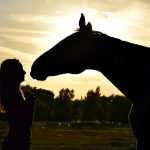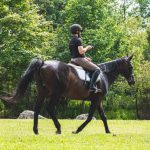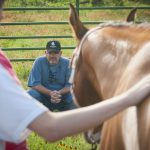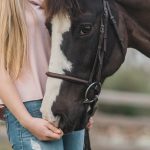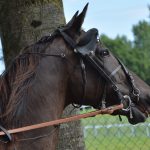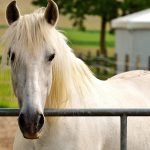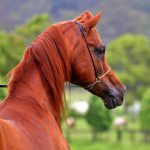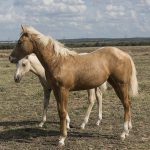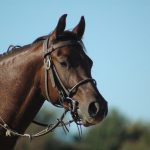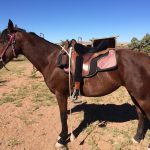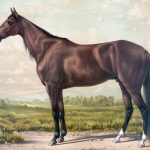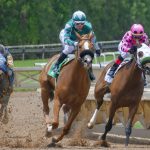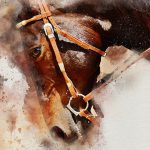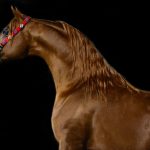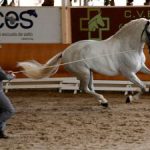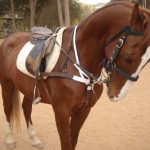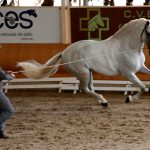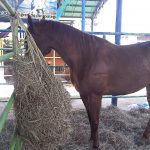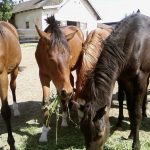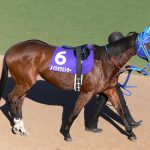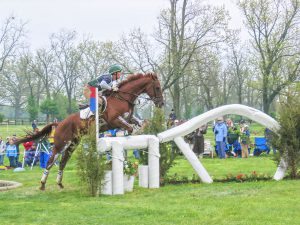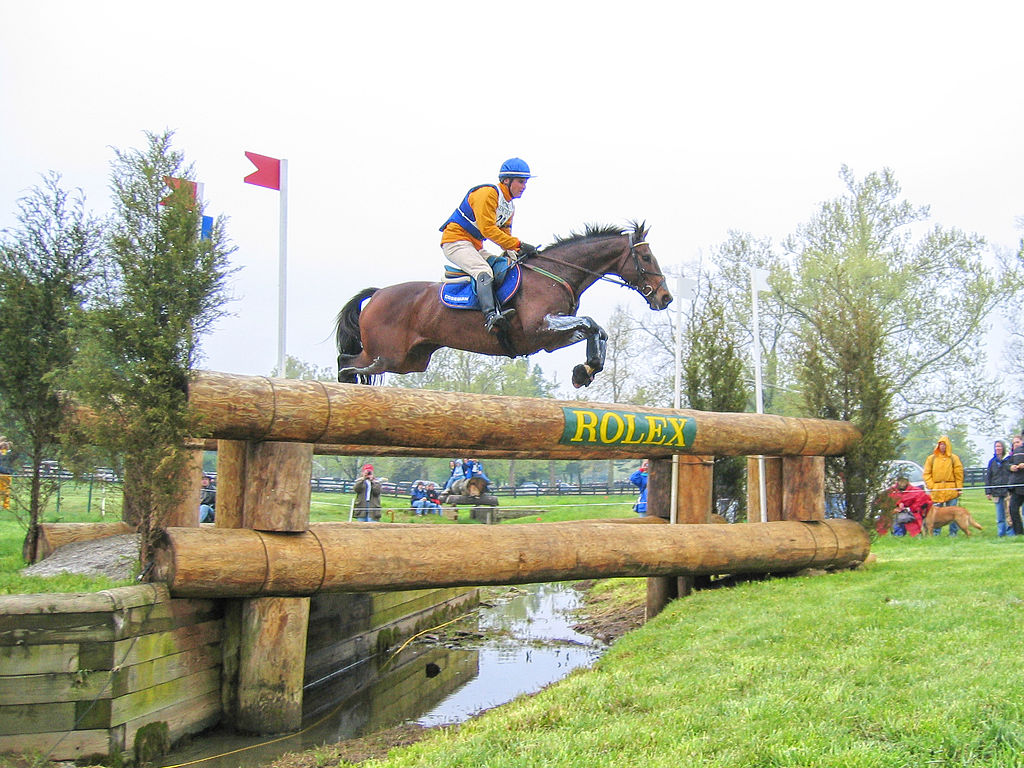Horseback riding, a sport beloved by many for its connection with nature and majestic equine partners, carries its share of risks and potential for injury. Like any physical activity, it demands respect for safety protocols and an understanding of the risks involved. In this exploration of horseback riding injuries, we delve into the common types of injuries riders may experience, the factors contributing to these risks, and practical tips for minimizing the likelihood of harm.
Common Types of Injuries
Riders face a variety of injury risks, ranging from minor bruises and abrasions to more severe conditions like fractures, concussions, and in rare cases, spinal cord injuries. Falls from the horse are the most common cause of serious injuries, leading to conditions such as broken bones, head trauma, and sprains. Overuse injuries, such as tendinitis or stress fractures, can also occur from repetitive motions and prolonged riding sessions.
Contributing Factors to Injury Risks
Several factors influence the risk of injuries in horseback riding:
Experience Level: Beginner riders may lack the necessary skills and reflexes to safely manage unexpected horse behaviors or riding challenges, making them more susceptible to falls and accidents.
Horse Behavior: Horses, being powerful and sometimes unpredictable animals, can contribute to accidents through sudden movements, spooking, or bucking.
Safety Precautions: The absence of proper safety gear and failure to adhere to safety protocols significantly increase the risk of injury.
Riding Environment: Unfamiliar or challenging terrains can pose additional hazards, as can poorly maintained riding equipment.
Preventing Injuries: Tips for Safe Riding
Preventing injuries starts with education and preparation. Here are some essential tips for riders looking to minimize their risk:
Wear Appropriate Gear: Always wear a properly fitting helmet, regardless of your experience level. Additionally, consider wearing protective vests, especially when jumping or riding in rough terrain, to protect against falls and kicks.
Seek Professional Training: Learning from experienced instructors not only improves your riding skills but also educates you on handling various horse behaviors and emergency situations.
Understand Your Horse: Spend time getting to know your horse’s personality and quirks. A strong rider-horse relationship can lead to better communication and reduced risk of unexpected behaviors.
Regularly Inspect Equipment: Before each ride, check your tack for signs of wear and tear that could lead to equipment failure.
The Role of Proper Gear, Training, and Supervision
Investing in proper riding gear, such as helmets and protective vests, is non-negotiable for safety. Engaging in regular training sessions with qualified instructors helps riders develop the skills necessary to navigate potential risks confidently. Supervision is especially critical for younger or less experienced riders, providing an additional layer of safety through guidance and intervention when necessary.
Insights from Equestrian Experts
Conversations with equestrian professionals and seasoned riders highlight the importance of a proactive approach to safety. Many emphasize the value of ongoing education, including understanding horse behavior and learning advanced riding techniques. Personal experiences shared by these individuals often point to the critical moments when proper gear or a well-timed reaction prevented a minor mishap from becoming a severe injury.
Conclusion
While horseback riding offers immense rewards in companionship, physical activity, and mental health benefits, it also demands a respectful acknowledgment of the risks involved. By understanding common injuries and their contributing factors, riders can take proactive steps to minimize their risk and ensure a safer riding experience. Through proper preparation, training, and gear, the equestrian community can continue to enjoy the thrill of riding while protecting themselves and their equine partners from harm.


